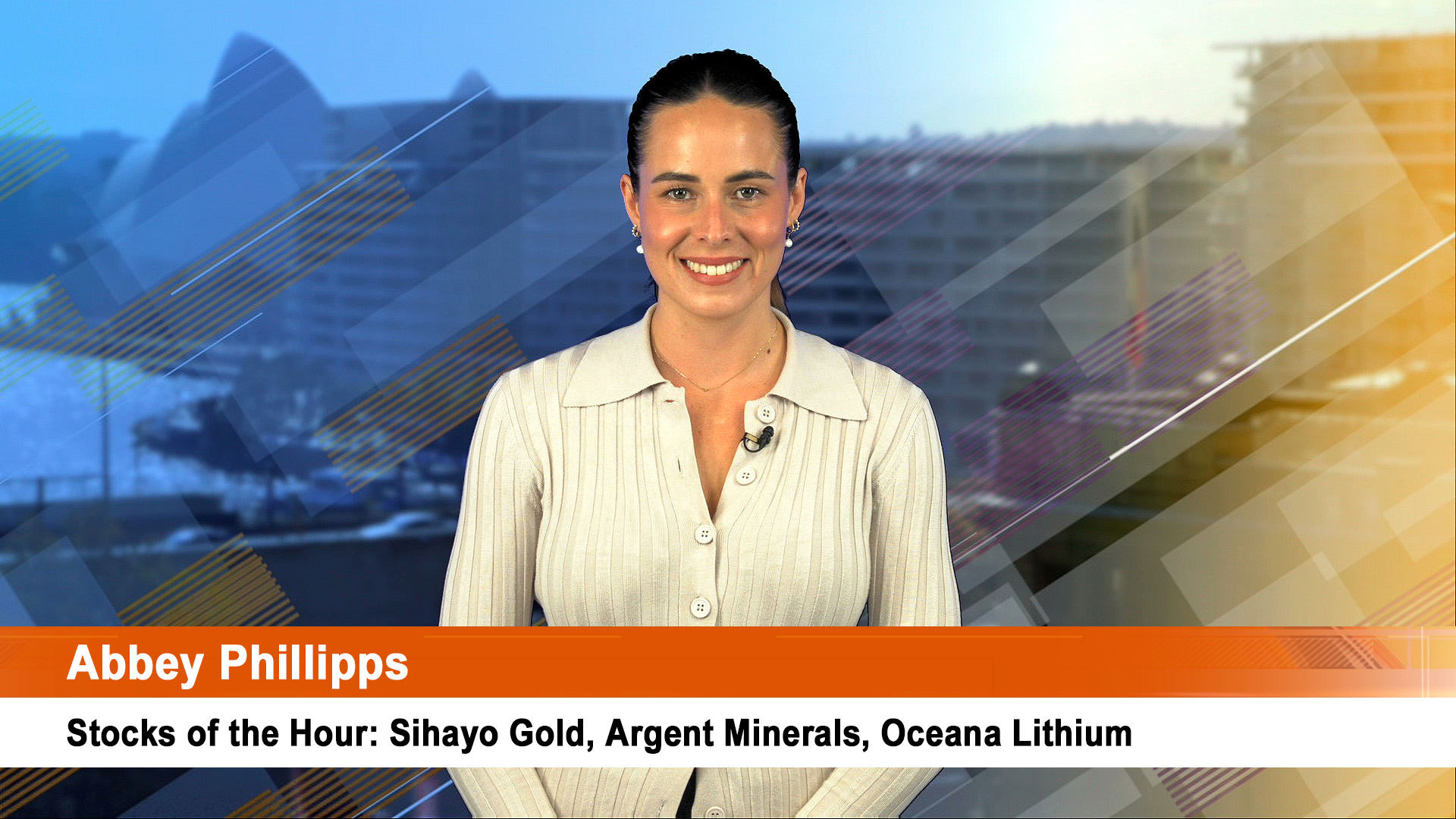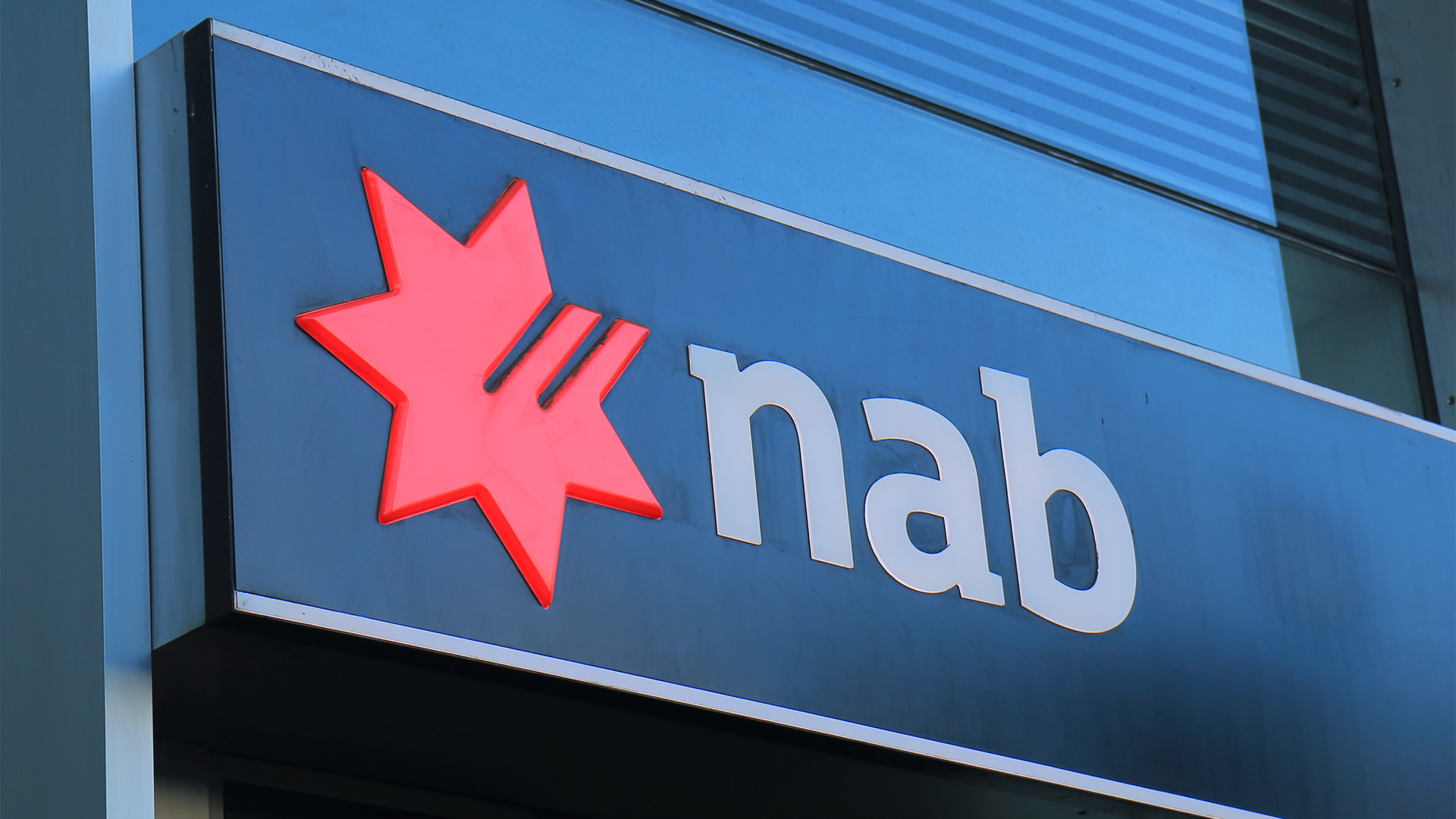Like its rivals, Rio Tinto and Fortescue, BHP Billiton is gung-ho about 2012, despite many commentators being just as gloomy about the outlook for iron ore, Chinese steel and coal.
BHP revealed yesterday in its second quarter and half year production statement that it had increased forecasts for its iron ore division after a record-breaking performance from its operations in the Pilbara region of WA.
BHP said it had mined 41 million tonnes of iron ore in three months to the end of December (up 4% from the September quarter) and now expected full year production to exceed its previous guidance of 159 million tonnes.
"While scheduled maintenance, tie-in activities and the wet season in the Pilbara are expected to affect (Western Australia Iron Ore) production in the second half of the 2012 financial year, full-year production is now forecast to marginally exceed prior guidance of 159 million tonnes per annum," the company said in yesterday’s production report.
Production for the first half was up 23% for the period and will go a long way to offsetting the sharp fall in global spot prices in the same period.
Market forecasts had BHP producing around 39 million tonnes of ore in the December three month period, but like Rio and Fortescue, it surprised on the upside.
Rio said it had surpassed its global iron production target of 240 million tonnes by producing a record 245 million in 2011, while Fortescue said shipments topped the 14 million tonne mark (for it and other companies) for the first time.
Like Rio, iron ore is the main profit driver for BHP, accounting for around 40% of the giant’s pre-tax earnings. But like its rivals, the company will have sold many of those record tonnes at prices lower than earlier in the year as global iron ore prices dipped to around $US120 a tonne early in the three months, before recovering to around $US140 a tonne (including freight) this week.
BHP said extra loading capacity at Port Headland in WA, as well as higher production from a key processing plant had contributed to the record performance from its iron ore business.
Encouragingly, the company also reported a 13% increase in production from its petroleum business to 58 million barrels of oil equivalent during the fourth quarter, helped by contributions from recently acquired US shale gas assets.
BHP shares ended up just under 1% at $37.01 on the production report news.

Iron ore production for the first-half of the financial year was 80,644 million tonnes 23% above the first half of 2010-11.
It came as Chinese demand for iron ore sagged in the September quarter, dragging down world prices. Iron ore purchases by China accelerated in November and December as steel mills took advantage of the lower prices and also moved to build stocks ahead of the holidays in China which start next week.
Base metals production in the December quarter was higher than in the September quarter, but for the half-year most base metal production was down on the previous corresponding period.
Copper output rose 27% to 280,000 tonnes in the quarter as its operations in Chile (Escondida) recovered from recent industrial action.
But the fall in copper prices means BHP will take a $US258 million hit to earnings before interest on sales agreed in the previous fiscal year but subject to final pricing adjustments.
Copper production in the six months to December was down 16% from the same period in the previous year because of lower grades at Escondida were mined for most of 2011..
Lead output fell 9%, zinc was off 33% and silver output fell 15%.
BHP’s total petroleum production for the half-year to December was 109.4 million barrels of oil equivalent (mmboe), up 36% from the same period in the previous year.
The increase was due to the acquisition of the Fayetteville and Petrohawk businesses in the United States, plus strong performances from existing assets, BHP said.
But US gas prices have fallen to 10 year lows in the past few weeks as production soars from new areas of production, a situation that troubles some investors and analysts.
BHP also revealed a weak performance from its aluminium division, which it said continued to be “challenged by underlying cost pressures and weaker prices.
BHP joined Rio Tinto in warning about its alumina and aluminium businesses.
Rio warned Tuesday that it expected its aluminium business to record a small loss in the second half of 2011 and that it had cut capacity to better suit the weaker market.
Alumina and aluminium production in the six months to December were relatively flat compared with the previous corresponding period.
BHP also warned that its nickel business remains" sensitive to persistent weakness in nickel prices and the continued strength of the Australian dollar”.
First-half metallurgical (coking) coal volumes fell 2% compared with the same period in the previous year, due to stoppages associated with union contract talks and the lingering impact of the wet weather in Queensland, BHP said.
Energy coal volumes for the half-year to December were up 5% on the previous corresponding period, as records were achieved at the company’s NSW operations in the Hunter Valley and at Cerrejon in Colombia.













